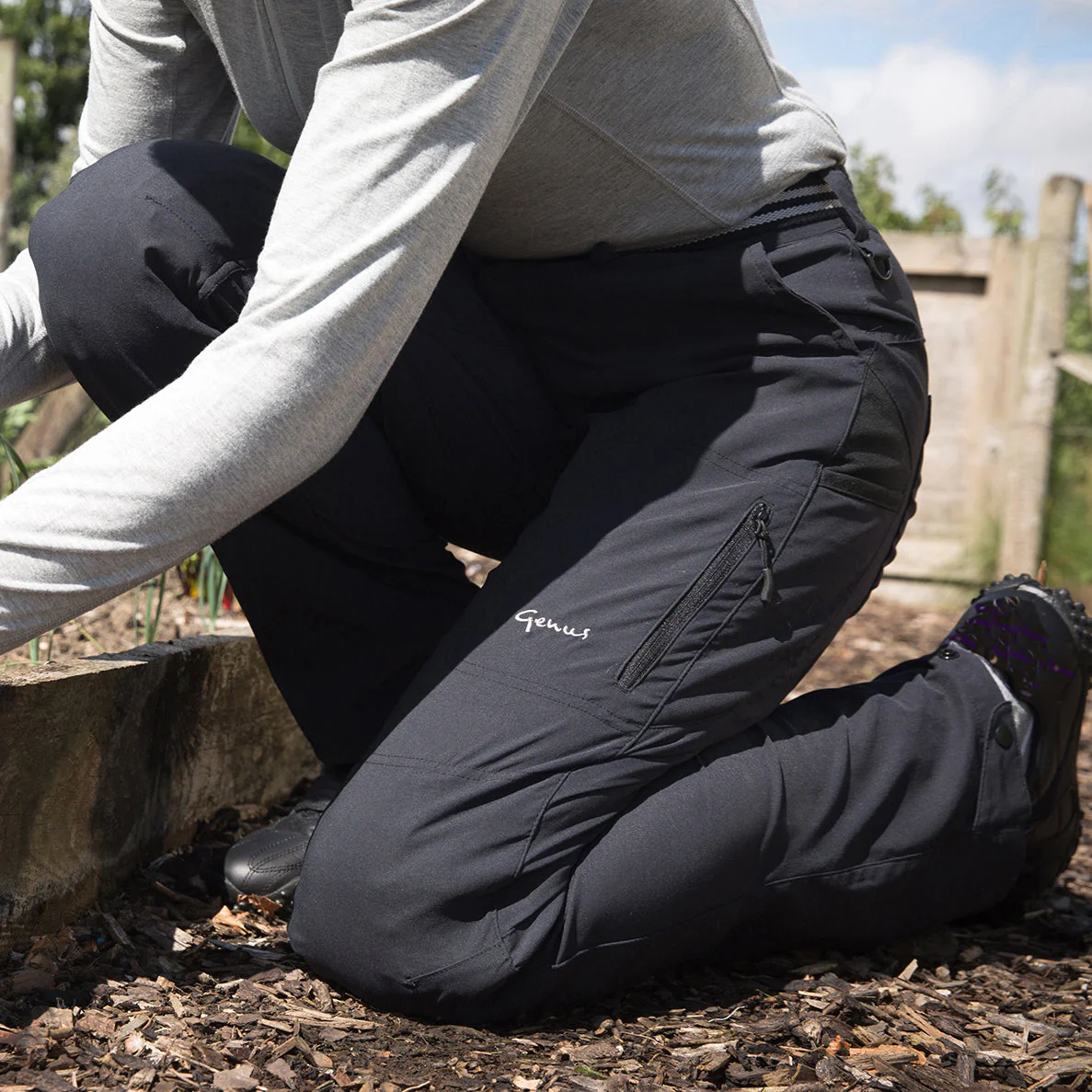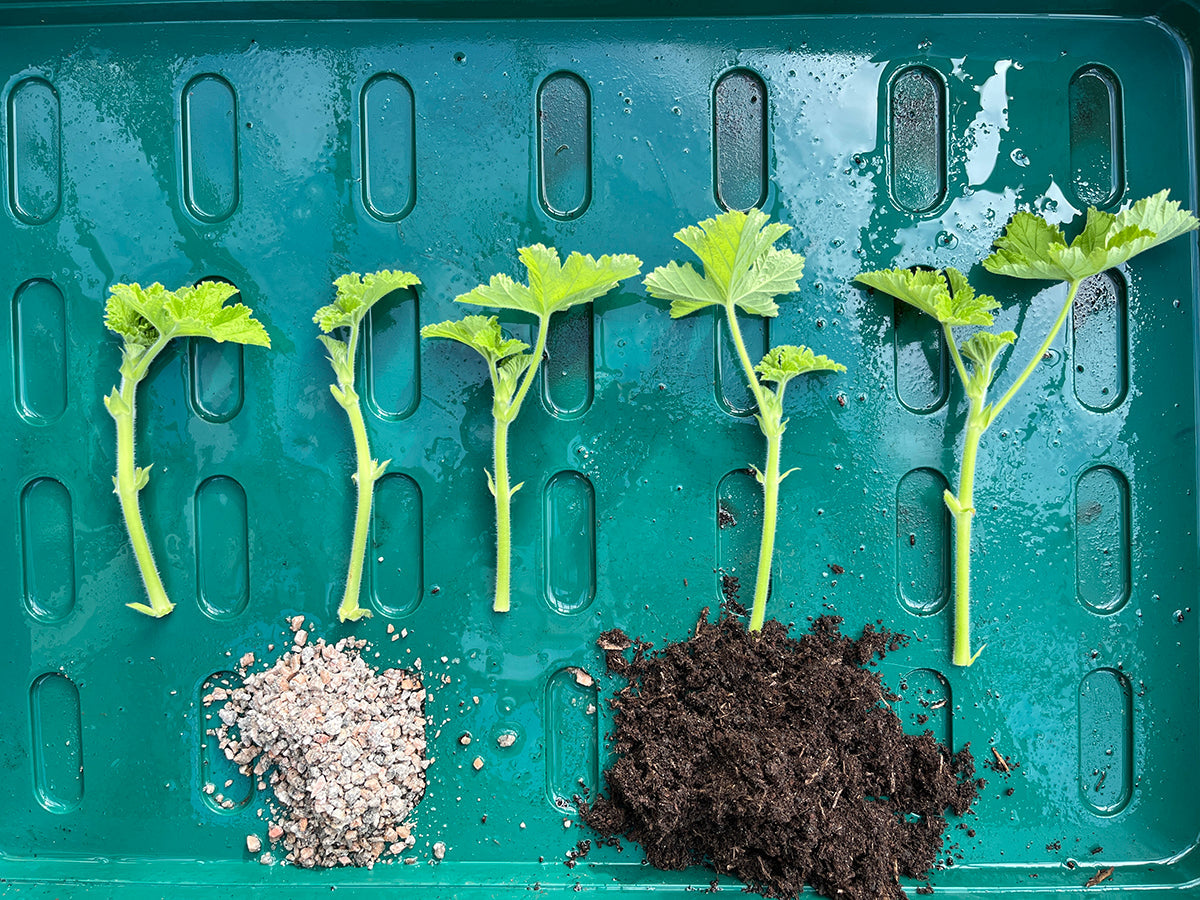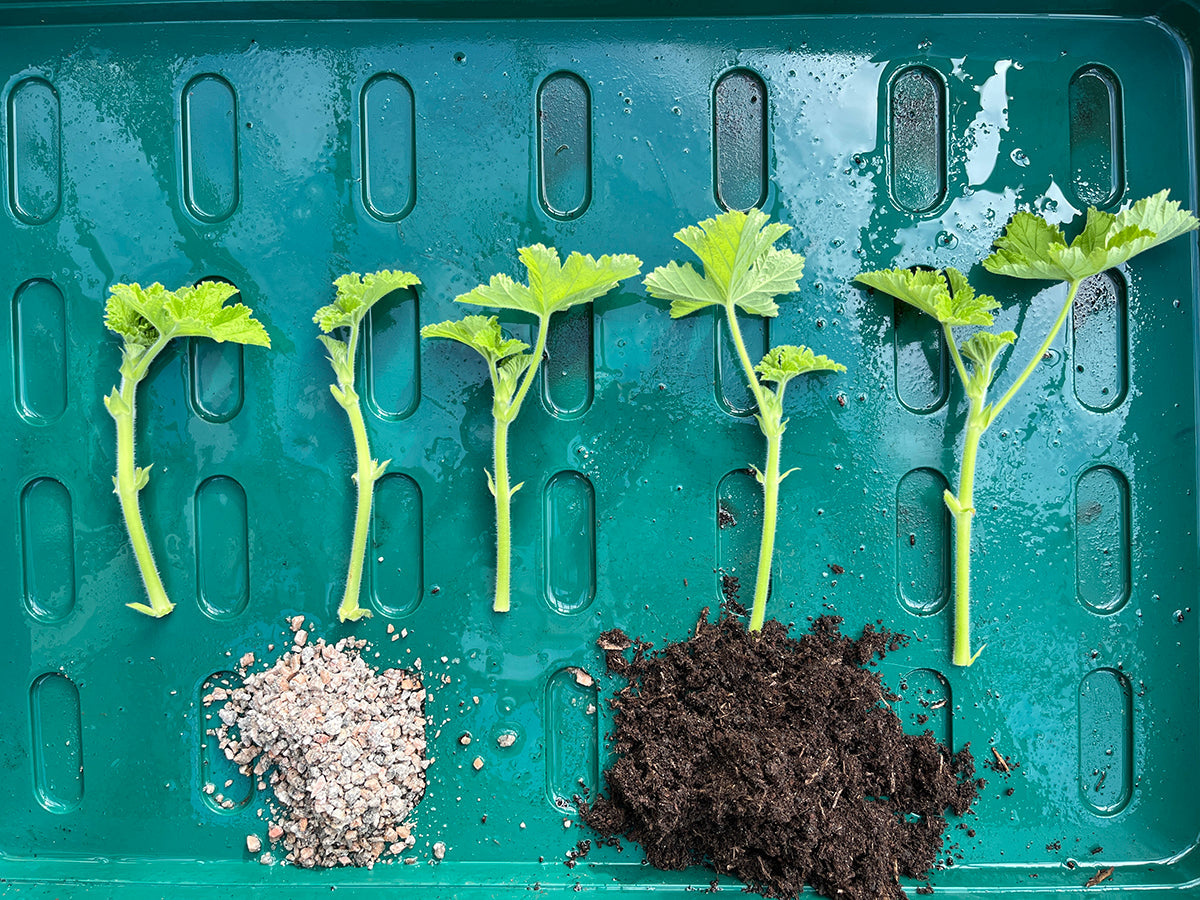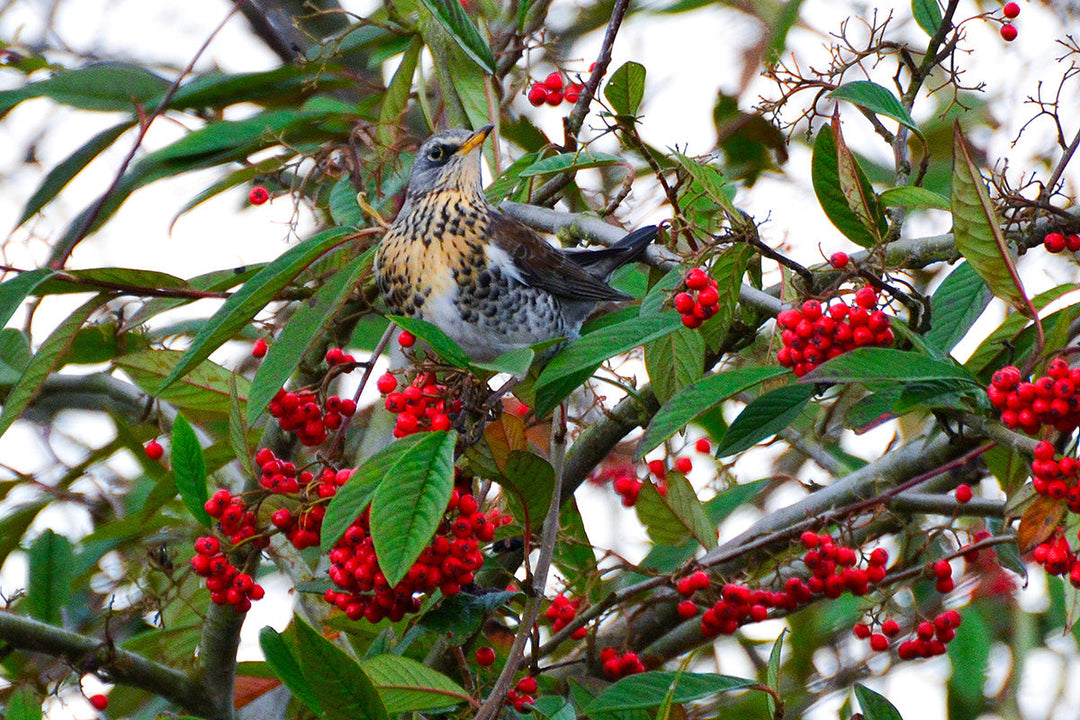Plant of the month - Clematis
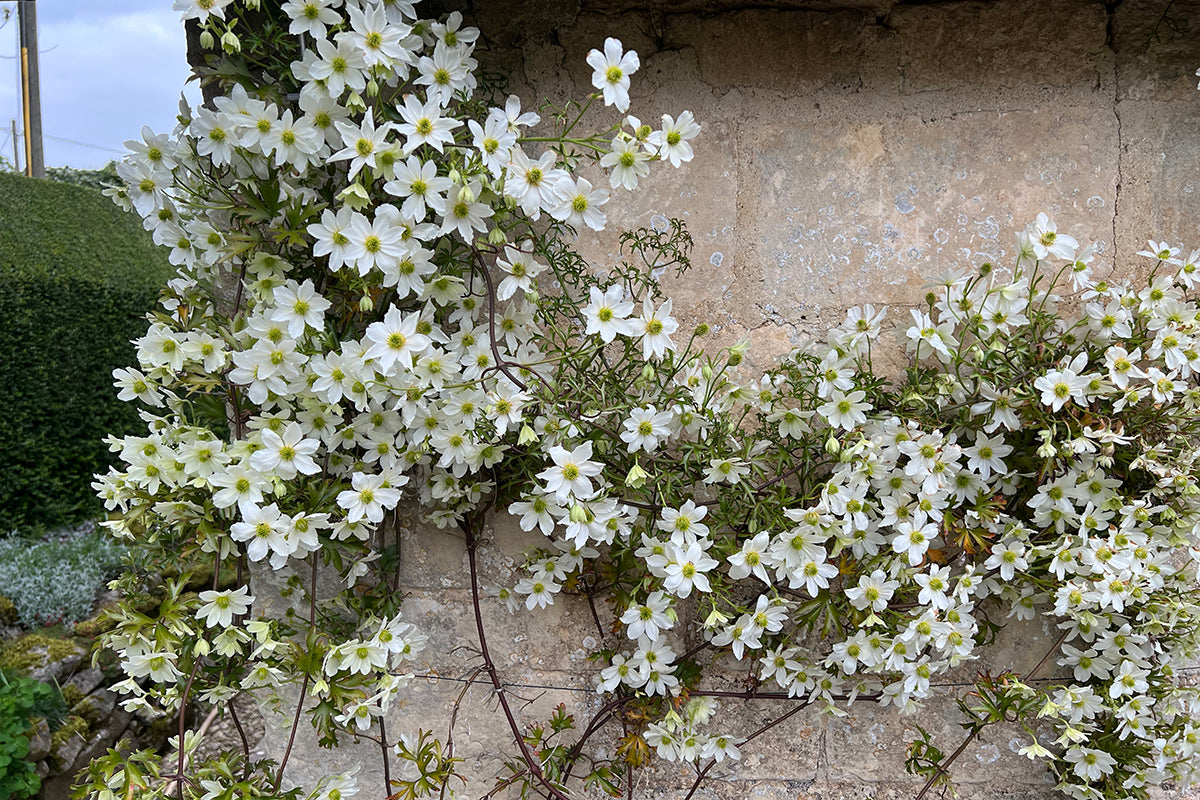
Clematis are fabulous for clambering through roses, up fences, walls and over shrubs and pergolas. There’s one for every month - the more the merrier we say!
For spring, March flowering, shade tolerant C. armandii such as lovely pink- tinged ‘Apple Blossom’ is a lovely sight – neaten it up after flowering though as it can get big! Clematis ‘Early Sensation’ is a neater evergreen clematis with masses of white flowers and the delicate bell-shaped flowers of alpine varieties such as deep blue C. ‘Frances Rivis’, C. ‘Frankie’ or frillier, multi petalled C. macropetalas ‘Lagoon ‘is a must.
For May, you can’t beat montana varieties, sprawling along walls and up trees.
Early summer clematis varieties include the blousy ‘Nelly Moser’, or try the purple C. ‘The President’. Clematis ‘Niobe’ with deep ruby red flowers is also stunning.
Some good later flowering varieties include long flowering vivid pink C. ‘Princess Diana’, C. ‘Jackmanii’ with its large velvety dark purple flowers, dark purple C. ‘Etoile Violette’ and plummy C. ‘Madame Julie Correvon’. Clematis ‘Perle d’Azur’ has gorgeous large sky-blue flowers and C. ‘Prince Charles’ is similar but more compact.
For autumn, C. ‘Gravetye Beauty’ is an elegant late flowering clematis with cherry red blooms and Clematis ‘Bill MacKenzie’ is a popular late flowering clematis with masses of lemon-coloured flowers and puffball seeds into late autumn.
Evergreen clematis cirrhosa varieties start to bloom in December in a sheltered spot and can flower into spring with nodding bell-shaped flowers and Clematis ‘Wisley Cream’ has pretty creamy green flowers .


